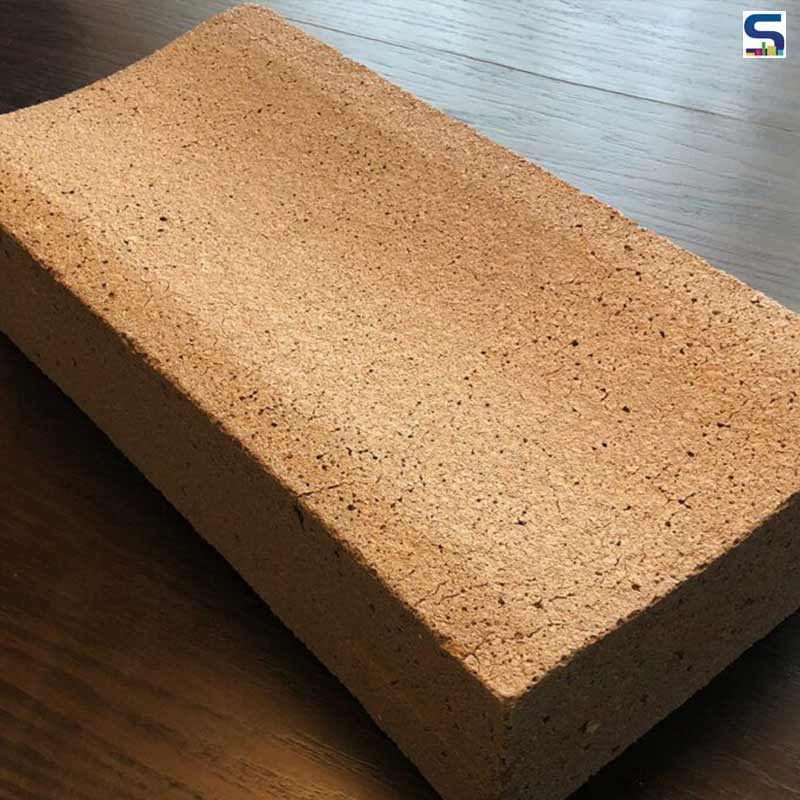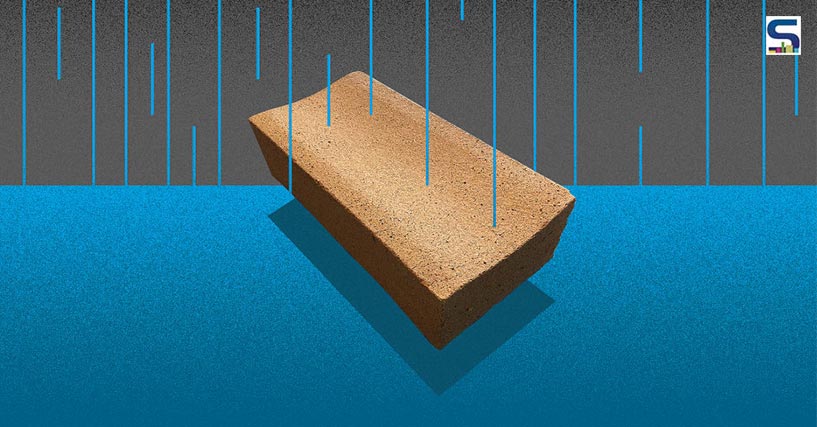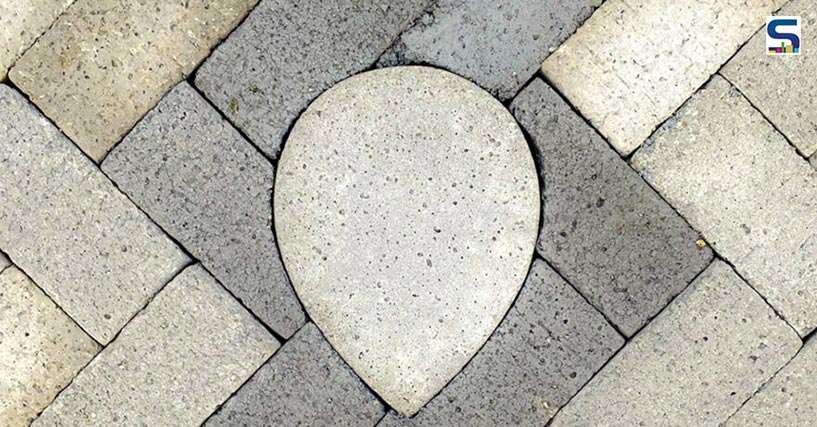
Water logging and flooding in cities are a common sight these days. To curb this problem, various technologies including infrastructural strategies have been implemented. But flooding from rainfall is still on the rise in urban developments. It takes one pluvial rainfall to shut down the whole city. Cities that are vulnerable to such rains alongside the given climate change and urban population are prone to the risk of getting submerged by 2050.
One way to handle this issue is by opting for green infrastructure. Imagine using pavement that is specially designed to let rainwater through the ground to reduce flooding caused by pluvial flooding by refilling depleted aquifers? Two Spokane-based entrepreneurs have produced a porous material that has the ability to absorb stormwater and ease drain flooding. Know more on SURFACES REPORTER (SR).

The inception
Co-founder Greg Johnson and Kevin Kunz of AquiPor have worked on an alternative material called AquiDrain that allows rainwater to flow through the ground by further eliminating the use of conventional concrete. According to the duo, more than 40 per cent of a city’s surfaces are impervious. AquiPor suggests that its precast units can be placed at the edges of the streets against the sidewalks and around drains so that it would ease the flow of surface water.
Johnson and Kunz came up with this idea a decade ago when Kunz was pursuing environmental engineering. He came across his Chinese classmate’s family-run business of manufacturing plants that produced water-porous tiles. Kunz received a sample of the brick in his mail which was highly damaged. Despite that, he successfully managed to gather it all together in a tray. He poured water over it and to his surprise watched the water disappear magically. Kunz went to China to learn more about this green infrastructure solution where Johnson also joined him. The two worked with the porous-tile maker and signed an agreement to market his products in North America. Unfortunately, the duo returned to the states with the product only to realize that the material wasn’t effective as the quality control was not good.
The duo then met Matt Russell who had studied engineering at the Washington State University, Pullman. The three got together to create a pavement-like, concrete-like material that is not concrete. They created the substance from a special type of construction aggregate, mixed with Russell’s special sauce.

Green infrastructure solution
The minuscule pores that are formed in the AquiDrain with the help of kilning allow the water to get absorbed, thereby combating the stormwater issue. Generally, rainwater clogs the pores of traditional pavements due to the presence of calcium. However, AquiDrain is a rock-based product and has the ability to survive longer without breaking down. They suggest that one does not have to pave the entire street but just the curb lines.
Additionally, AquiDrain comes with a runoff management system that prevents particle pollution from reaching rivers and sewers, thereby allowing cleaner water to get absorbed into the ground. The product is low-carbon concrete made from industrial minerals. These paver blocks can be customized with different ranges of porosity, permeability and strength for different applications as well.
Image credits: AquiPor